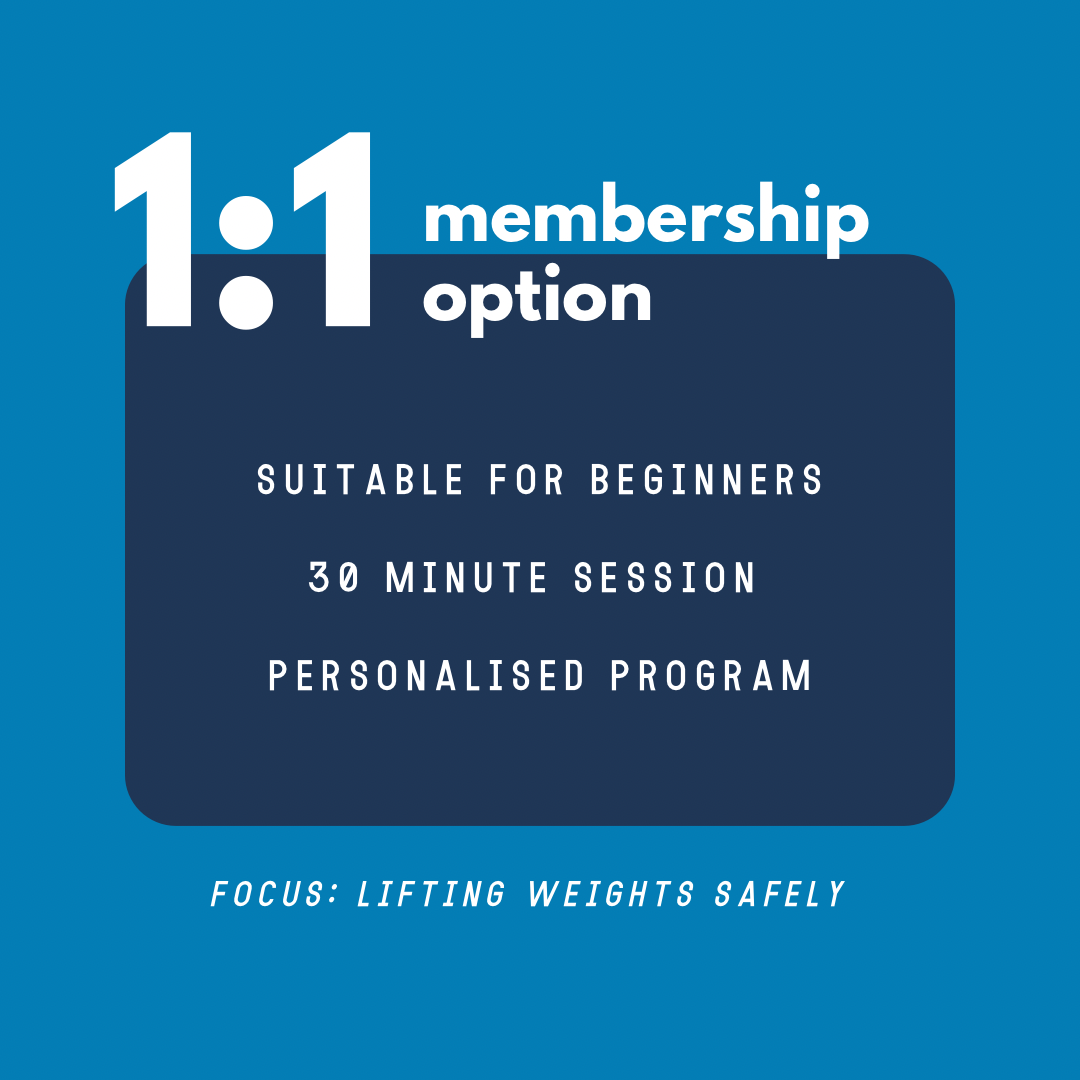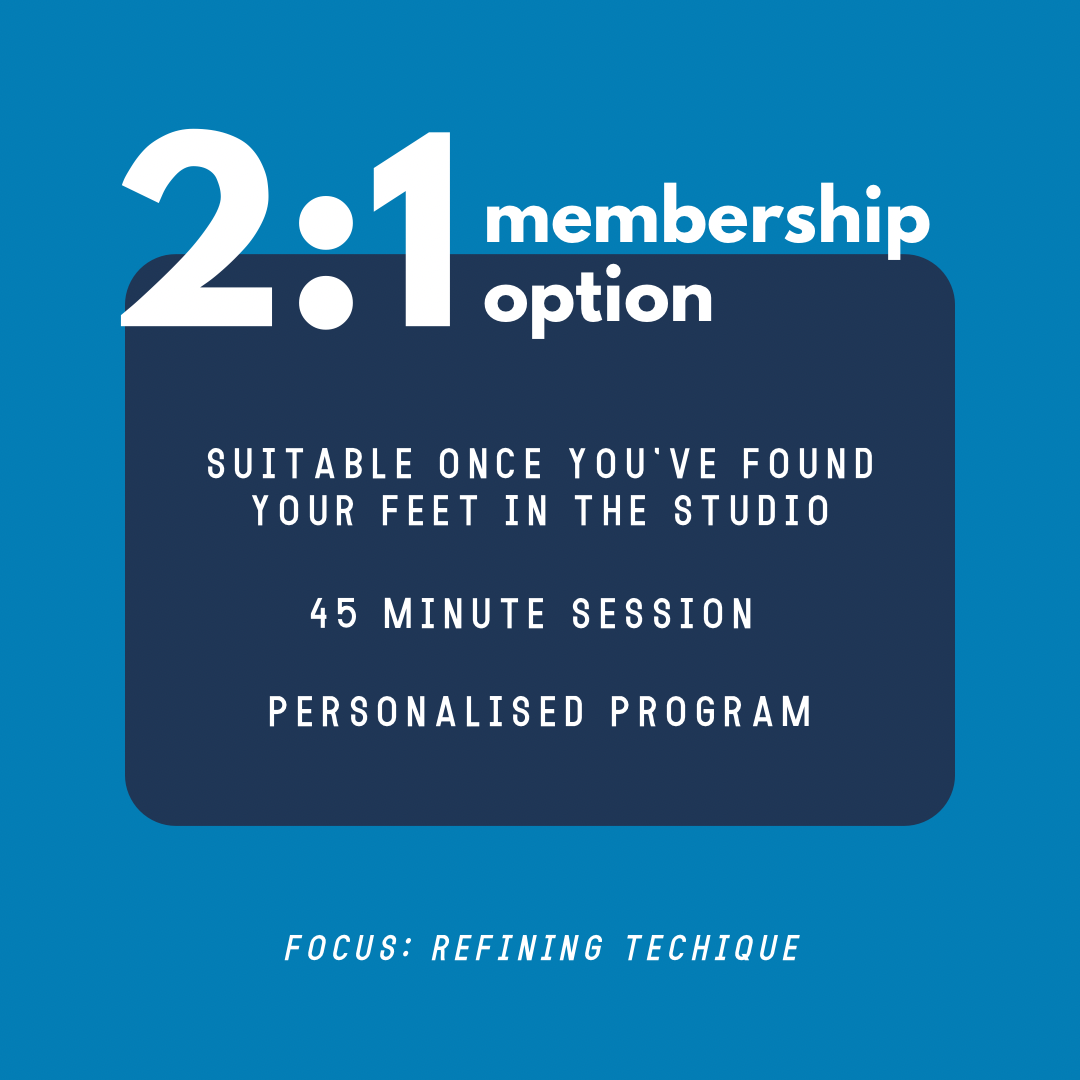Recently, Marco Serruto explored the link between exercise and improved mental health outcomes. Here he investigated the physiological and chemical benefits stimulated by exercise and how this can aid emotional distress. However, it is important to also emphasise and explore the social determinants of mental ill-heath, in particular, those benefits related to the increased sense of belonging associated with certain community-based activities. Here I will reflect on my own recent experiences through mental health crises and attempt to explore literature demonstrating these experiences.
Personally, the past year has been challenging on both an emotional and physical front. Through a combination of life-related stressors, personal loss, physical diagnoses and emotional battles I found myself in a mental state of despair. This, then coupled to the development of my experience with severe generalised anxiety, lent itself to my own mental conclusions of loneliness, isolation and perceived hopelessness.
The path back from this has been a considerable effort. Daily practices including meditation and mindfulness, in combination with psychological therapy and a renewed personal focus have each laid the foundation for my recovery. However, it would be remiss of me to not acknowledge the large role my increased participation in activities with a strong community focus have played in this. Such activities are present widely, however I found this at Max Results.
The support here, both directly through conversations and messages, as well as indirectly through the ever-present sense of a shared community, creates an environment free of judgment and accepting of people’s differences, both their strengths and their flaws.
A variety of different factors have been explored through the social sciences into why such an environment is so beneficial. A study undertaken by Grace, Richardson & Carroll (2018) demonstrated how disconnection from family and community represented a “key indicator” for mental crises in young men aged 20-29. This was ultimately associated with the toxic desire to “save face and preserve one’s masculine identity”, ultimately leading to a reluctance to vulnerability and help seeking behaviours.
Further, a literature view undertaken by Liepert et al. (2016) identified how men’s gender identities influence their health attitudes, but also indicated how positive health behaviours are promoted through social networks and increased connection to others.
Moreover, McMahon et al. 2017 demonstrated in European adolescents that in a multi-level mixed effects model more frequent physical activity and participation in sport were both found to independently contribute to greater well-being and lower levels of anxiety and depressive symptoms in both sexes.
This has also been demonstrated in a community sporting club setting in Australia. Cleary (2018, unpublished) showed through a phenomenological qualitative study that participation in community sporting settings promoted a sense of emotional connection which ultimately product significant social and emotional benefits.
Ultimately, these studies demonstrate the important role the community plays in the mental health landscape and how improving this sense of connection can lead to positive mental health outcomes. Without this, I certainly wouldn’t be where I am today.
References
- Grace, B, Richardson, N, Carroll, P 2018, ‘“. . . If You’re Not Part of the Institution You Fall by the Wayside”: Service Providers’ Perspectives on Moving Young Men From Disconnection and Isolation to Connection and Belonging’, American Journal of Men’s Health, vol. 12, no. 2, pp. 252-264.
- Leipert, BD, Plunkett R, Meagher-Stewart, D, Scruby, L, Mair, H, Wamsley, KI 2011, ‘I can’t imagine my life without it! curling and health promotion: a photovoice study’, Canadian Journal Nursing Research, vol. 43, no. 1, pp. 60-78.
- McMahon, EM, Corcoran, P, O’regan, G, Keeley, H, Cannon, M, Carli, V, Wasserman, C, Hadlaczky, G, Sarchiapone, M, Apter, A, Balazs, J, Balint, M, Bobes, J, Brunner, R, Cozman, D, Haring, C, Iosue, M, Kaess, M, Kahn, JP, Nemes, B, Podlogar, T, Postuvan, V, Saiz, P, Sisazk, M, Tubiana, A, Varnik, P, Hoven, CW, Wasserman, D 2017 ‘ Physical activity in European adolescents and associations with anxiety, depression and well-being’, European Child & Adolescent Psychiatry, vol. 26, no. 1, pp. 111-122.
- Cleary, R. 2018 ‘The Spirit of Shared Community: Community Sport and Social and Emotional Wellbeing’, Unpublished.




